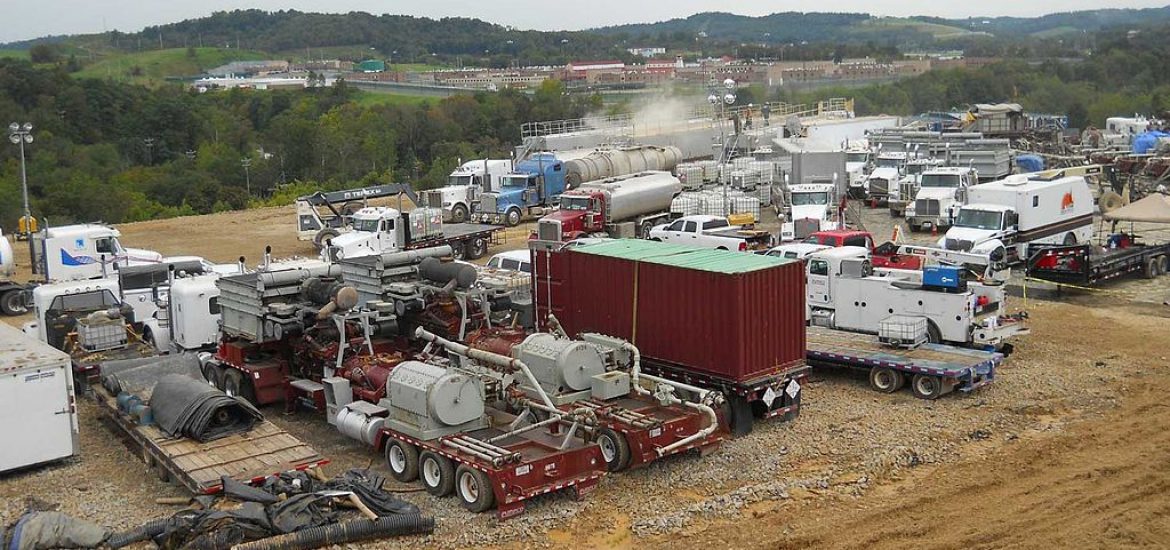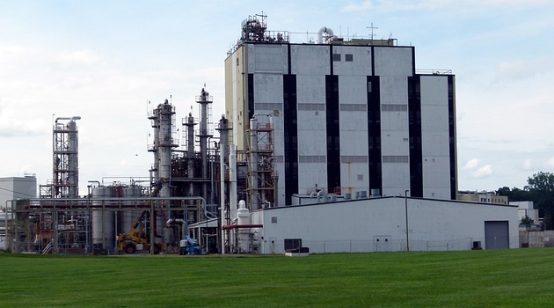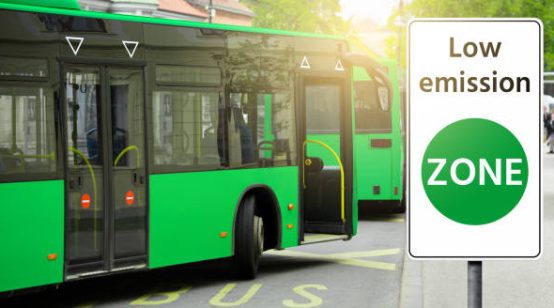
A global supply surplus sent Brent crude oil falling from US$114 a barrel in June 2014 to less than US$30 a barrel in January 2016.
Now, US$100-plus oil seems increasingly likely.
“I think there is a path to US$100,” said Helima Croft at RBC Capital Markets. “For the fourth quarter, our base case is in mid-US$80s, but a political risk premium could get you to US$100.”
Donald Trump’s decision in May to breach the Iranian nuclear deal and to reimpose sanctions is a key factor behind the price rise.
Some energy analysts expect around 500,000 barrels per day (bpd) to disappear once Trump’s sanctions against Iran come into force, while observers have warned as much as 2 million bpd could be lost over the coming months.
“President Trump is pursuing a policy regarding Iran that is going to take a significant number of Iranian exports off the market by the year-end and there are concerns in the market right now that there’s not enough spare oil to fill that gap,” Croft said.
Other analysts said the debate with Opec was ongoing.
“The market and certainly the US president are saying to Opec and Saudi Arabia, ‘show me the barrels,'” said Herman Wang of S&P Global Platts.
“And Saudi Arabia and Opec have kind of turned around and said, ‘well, show me the demand,'” the Opec specialist added.
Trump wants Opec to increase output to compensate for the loss of Iran, which currently supplies about a third of global crude oil.
This week the tycoon turned populist said Opec was “ripping off the rest of the world” after it decided against raising production. Saudi Arabia, which probably has the most spare capacity, said there was no need to step up output.
But Saudi Arabia is now expected to subtly add additional barrels to the market over the next couple of months.
Saudi Arabia is estimated to have around 1.5 million barrels per day that it can add to the market if required.
Most of the rest of Opec is already operating near maximum capacity and traders suspect that when sanctions are imposed on November 4, production will not increase to meet supply.
Pipeline bottlenecks constraining production from US shale sites are likely to be resolved by next year, lowering prices.
The US hopes to replace some of Iran’s output with its environmentally ruinous fracking sector. Picture credit: Wikimedia





